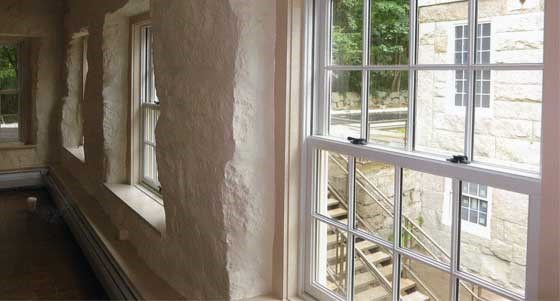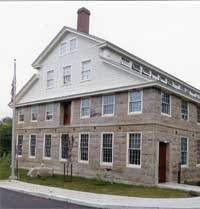Last updated: March 7, 2023
Article
Case Study: Upper Rockville Mill, Rhode Island


In an effort to qualify for the Federal Tax Incentives for Rehabilitating Historic Buildings, special consideration was given to the preservation of the historic character and features of these two buildings including the clerestory monitor roof, wood clapboard gable ends in the larger building, painted wood columns and beams, painted wood ceiling and the painted plaster on the interior sides of the exterior walls. The scope of work also included the installation of new mechanicals, new energy efficient windows; a new septic system and a new well. In addition to the 20% federal tax credit, the project also received Rhode Island state historic tax credits (before the phase-out). Additional moneys were available through the Building Homes Rhode Island bond fund, the HOME program; a Community Development Block Grant; and lead program money as well as funds from private investors.
